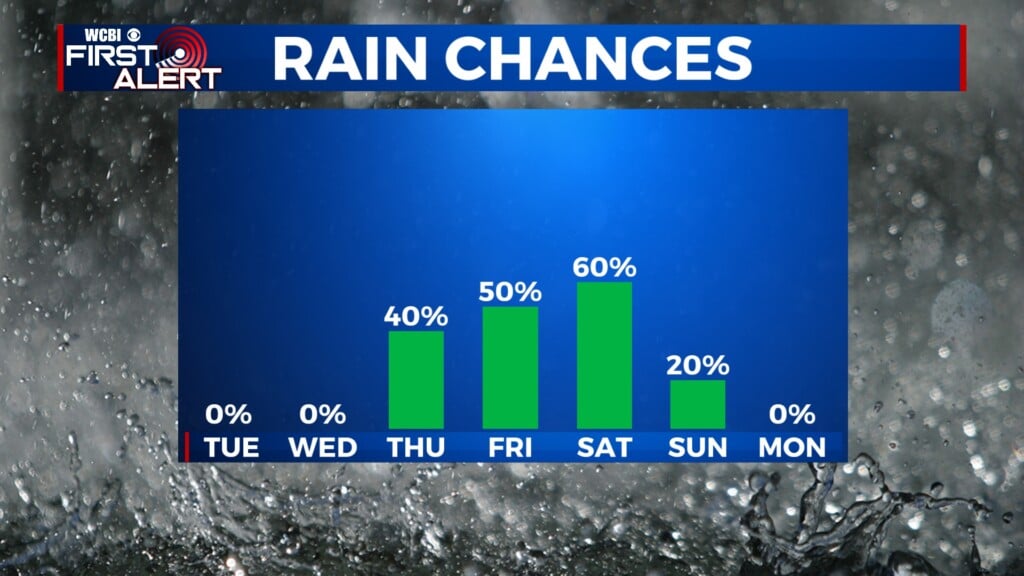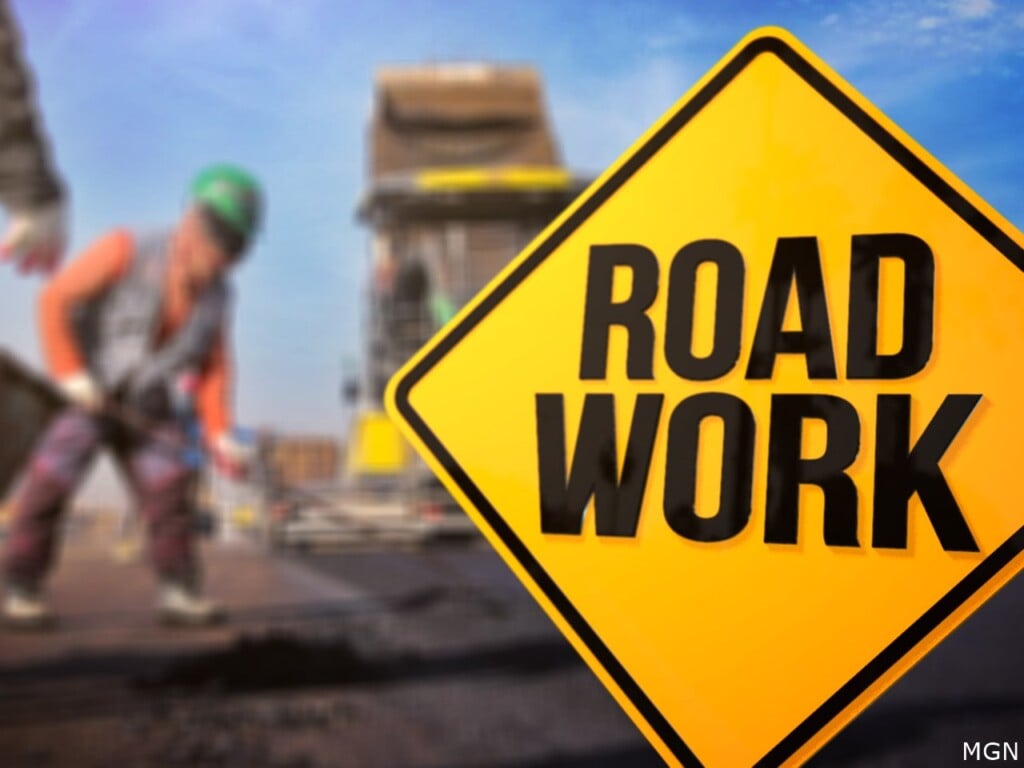Being older and single is a financial struggle for many Americans
Life is a financial struggle for a vast number of older Americans, with new research suggesting that half of solo seniors and nearly a quarter of senior couples are living on the edge, economically.
“In every state, more than four out of 10 older singles are at risk of being unable to afford basic needs and age in their own homes,” wrote the authors of a report published this month by the Center for Social and Demographic Research on Aging at the University of Massachusetts in Boston.
“National averages suggest that 50% of older adults living alone, and 23% of older adults living in older couple households (with an older spouse, partner or some other older adult), have annual incomes below the Elder Index,” researchers said, citing a gauge devised to calculate what’s needed for those 65 and older to live independently.
Trending News
Developed by the Gerontology Institute at UMass Boston, the Elder Index includes the cost of housing, health care, transportation, food and miscellaneous essentials such as soap and telephone service but not for expenses like going to restaurants or films. It’s cited by the Congressional Budget Office as the most commonly used measure of retirement adequacy.
The research is particularly compelling in light of past studies showing that the loss of independence and having to move into a nursing home to be among the greatest fears Americans have about aging. The findings also highlight a societal reliance on safety nets, including Social Security, the study’s authors concluded.
“Policy and programs that address the concerns of older singles or couples living on their own—congregate and home-delivered meals, transportation, fall prevention, employment and training” should be on the agendas of state and local governments, they wrote. “Protecting Social Security benefits is essential for older adults, including not only those who are poor but also for those ‘in the gap’.”
By the numbers
In devising national averages, researchers found older adults living in their own homes without a mortgage need an annual income of $21,012 to get by without hardship, while an older couple would require $31,800. The estimated costs are higher for renters: $25.416 for singles and $36,204 for couples, and for those who paying off a mortgage: $32,064 for singles and $42,852 for couples.
But the rates of older Americans without the means of living securely varies greatly on where one lives, according to the research. For single renters the cost of living independently ranges from a low of $21,504 in Alabama to a high of $33,000 in Washington, D.C, while the cost for couples who rent is highest in Massachusetts, at $45,252, and lowest in Nevada, where it’s pegged at $31,836.
Older singles in Massachusetts are more likely to face economic insecurity than those living on their own in any other state, according to the study, which estimated 62% of older singles to be financially at risk in the Bay State. Conversely, older singles were least likely to be struggling in Nevada, where less than half, or 41%, of single elders live in economic insecurity, the study estimated.
And, while it costs less for older Americans to get by on their own in Mississippi and Louisiana compared to the national average, the rates of those living in economic insecurity in both states are well above the national average due to lower incomes, the study noted.
Older couples fare worst in Vermont, where 35% were estimated to face economic insecurity, followed by New York, where the figure is estimated at 30%, according to the findings. Older couples did best on the economic security front in Alaska, where just 15% live insecurely.





Leave a Reply